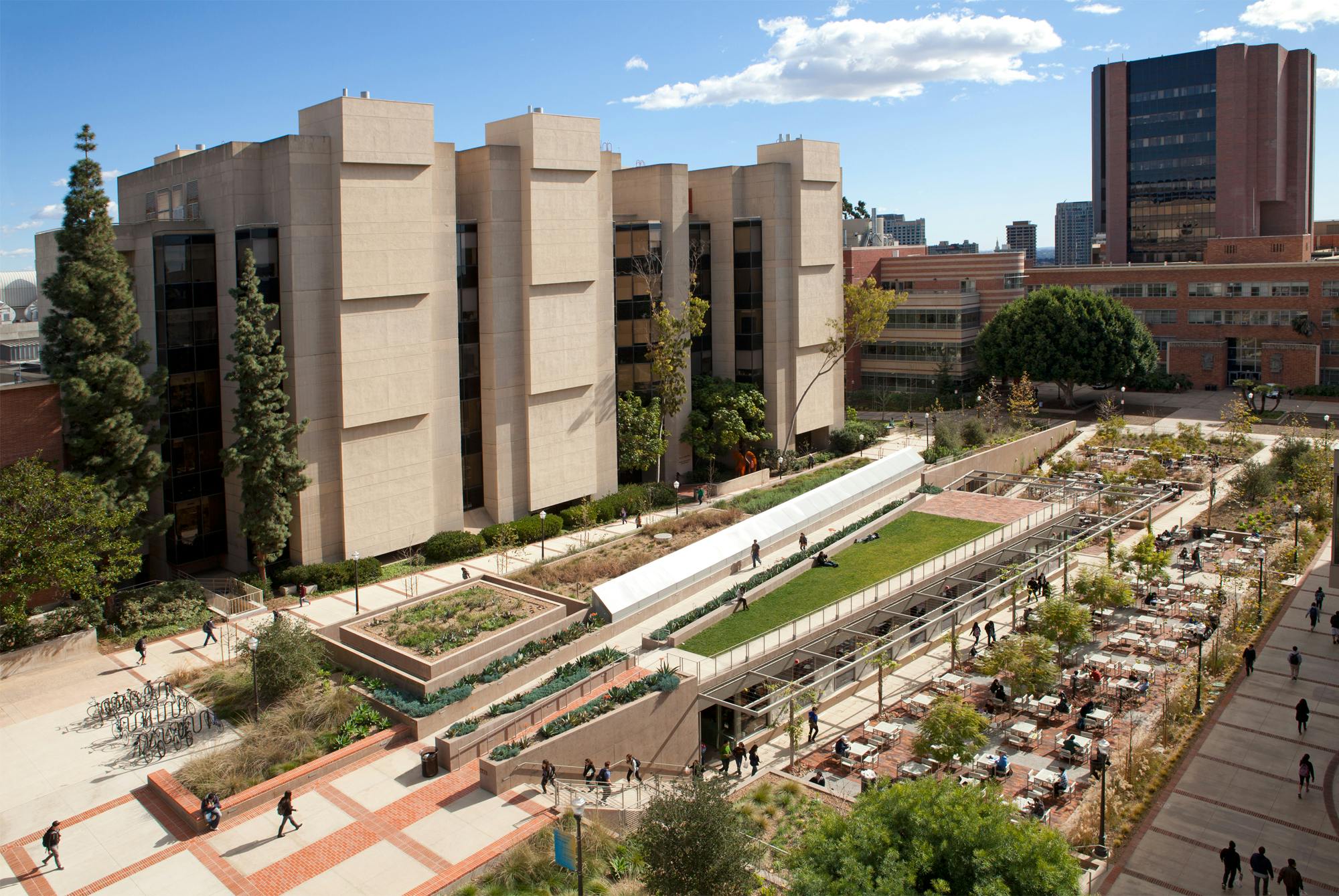As an undeclared major student at UCLA. I personally think that art and science compliment each other in terms of the benefits you can seek out of its knowledges from both sides. Currently, I'm exploring my options towards my major. For the past two quarters, I have
classes on both North and South campus. The Art and Social Sciences classes are
on North campus, while mathematics and sciences classes are on South Campus. The division between North and South
campus's majors separates one another as interpreted in terms of "Two Cultures".
 I’d like to begin with my agreement with CP Snow
belief that the education system is culpable for the division between art and
science. My life has been affected by this separation, ever since I recall being
in school. Generally, important subject’s stereotype in school demand a big
amount of disciplinary in studying, and it is to be seen as a crucial part for a success career after college. Therefore, I haven’t really been told to pay much
attention to classes like “History of Art” or “Ceramics”, but to spent all
times and efforts to classes like “Physics” or “Calculus”.
I’d like to begin with my agreement with CP Snow
belief that the education system is culpable for the division between art and
science. My life has been affected by this separation, ever since I recall being
in school. Generally, important subject’s stereotype in school demand a big
amount of disciplinary in studying, and it is to be seen as a crucial part for a success career after college. Therefore, I haven’t really been told to pay much
attention to classes like “History of Art” or “Ceramics”, but to spent all
times and efforts to classes like “Physics” or “Calculus”.
Professor Vesna expanded on "bridging the painful communication gap" in lecture as an important role for creating the new third culture. Which envision the contrast between art and science as a two different cultures. Prior to this class, I never thought that art and science can be seen as culture, in fact, they are two overlooked subjects. I come to a realization that the connections between these subjects will develop my perceptions of things more profoundly, and eventually guid me to choosing the right major.
SOURCES:
“4K Portrait Smiling Academic Woman Studying Math Formulas on Blackboard Stock Video Footage - VideoBlocks.” Royalty Free Stock Video, Footage, Backgrounds and More.
Chiland, Elijah. “UCLA Planning a 20-Story Tower as Part of Student Housing Expansion.” Curbed LA, Curbed LA, 9 Oct. 2017. Web. 7 April 2018
Vesna, Victoria. "Toward A Third Culture: Being In Between". Leonardo, JSTOR. Web. 7 April 2018.
 I’d like to begin with my agreement with CP Snow
belief that the education system is culpable for the division between art and
science. My life has been affected by this separation, ever since I recall being
in school. Generally, important subject’s stereotype in school demand a big
amount of disciplinary in studying, and it is to be seen as a crucial part for a success career after college. Therefore, I haven’t really been told to pay much
attention to classes like “History of Art” or “Ceramics”, but to spent all
times and efforts to classes like “Physics” or “Calculus”.
I’d like to begin with my agreement with CP Snow
belief that the education system is culpable for the division between art and
science. My life has been affected by this separation, ever since I recall being
in school. Generally, important subject’s stereotype in school demand a big
amount of disciplinary in studying, and it is to be seen as a crucial part for a success career after college. Therefore, I haven’t really been told to pay much
attention to classes like “History of Art” or “Ceramics”, but to spent all
times and efforts to classes like “Physics” or “Calculus”. /cdn.vox-cdn.com/uploads/chorus_image/image/57059063/shutterstock_560011798.0.jpg) |
| UCLA North Campus |
 |
| UCLA South Campus |
The video “Changing Education
Paradigms” made me realize how North and South campus buildings are architecturally
different, and how it may reflect on the subject itself. UCLA North Campus
carries more creativity and portrays a more naturally pleasing environment,
while South campus’s building structures construct with a more suburb vibe, or “Business-like”,
as attached.
SOURCES:
“4K Portrait Smiling Academic Woman Studying Math Formulas on Blackboard Stock Video Footage - VideoBlocks.” Royalty Free Stock Video, Footage, Backgrounds and More.
Chiland, Elijah. “UCLA Planning a 20-Story Tower as Part of Student Housing Expansion.” Curbed LA, Curbed LA, 9 Oct. 2017. Web. 7 April 2018
You do a great job of pieces your blog together, also I can tell you're passionate about the topic at hand.
ReplyDelete